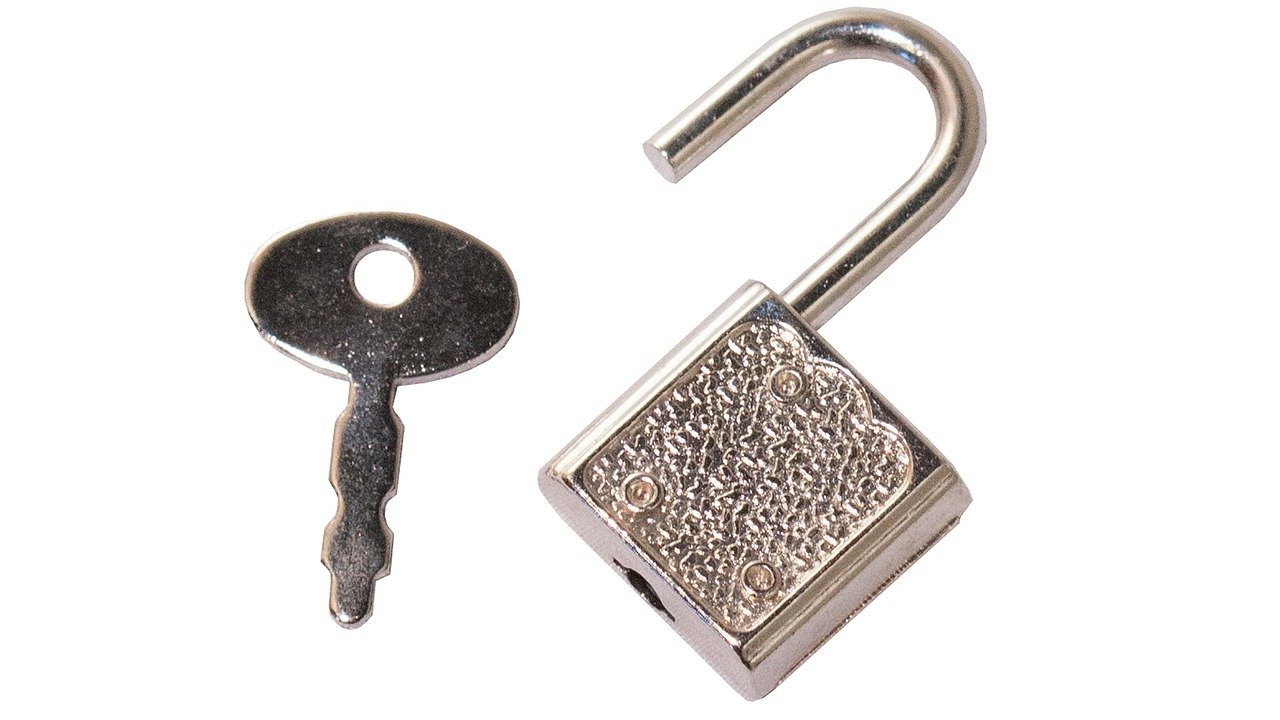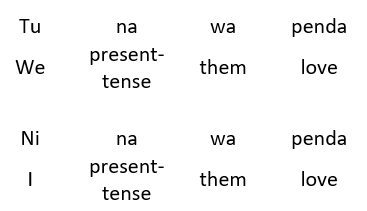Understanding morphology shapes our knowledge of language.
In an earlier post, we discussed morphemes. Here, we discuss the study of morphemes, called Morphology. Linguists study morphology by studying how people learn and use morphemes, and how morphemes interact with each other when they are put together. One common purpose of morphemes is to change a word’s part of speech.
For example, adding the morpheme -able to a verb makes the new word an adjective.
- Run + “able” = runnable
- Lock + “able” = lockable
- Love+ “able” = lovable
Similarly, adding un- to a verb reverses the action the plain verb does, but adding un- to an adjective negates it.
- “Un” + lock = unlock
- “Un” + cool = uncool
- “Un” + interesting = uninteresting
Sometimes, this creates ambiguities like the word unlockable.
- “Un” + lock + “able” = unlockable
- “Un” + do + “able” = undoable
- “Un” + zip + “able” = unzippable
In the case of unlockable, does this word mean the lock can be unlocked?

Or does it mean the lock cannot be locked?

Actually, it can mean either interpretation! There are lots of ambiguous words like unlockable. Unzippable and undeletable are two more examples. The only way to be certain what meaning is meant, we need context! One meaning might seem more obvious than the other. Some linguists study why that is, or if either meaning seemed equally possible, they study that too!
Languages vary in how they use morphology to share meaning. English relies a lot on syntax to hold information, but other languages use morphemes way more, such that they can carry the equivalent of an entire English sentence in what we would consider to be one word. Swahili is one of those languages.
“Tunawapenda” carries all the information in the English sentence “We love them.” Similarly, “Ninawapenda” means “I love them”

Instead of being carried in individual words, the information is carried in morphemes. Morphologists study how information is shared in these different ways.
When babies learn languages, they don’t know whether they’ll be learning a language like English or Swahili. They have to figure this out along the way! Infant language researchers often incorporate morphology to investigate how and when babies learn to understand and use morphemes.

Aahnix Bathurst
Editor/publisher
Aahnix is a Project Coordinator in the Bergelson lab at Duke University